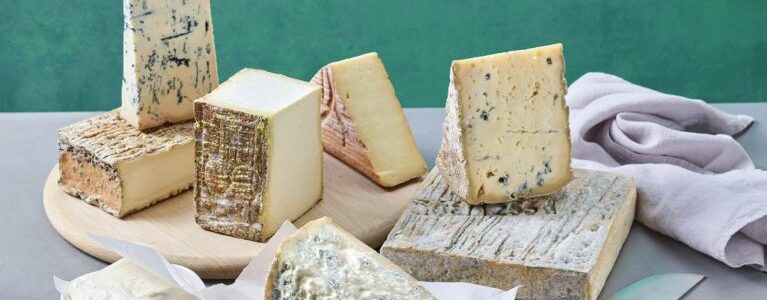Davide Greco and Vanessa Vettorello
The festival program includes 11 panels on November 26, with 30 speakers who will discuss shapes and evolutions in pastry making, territorial gastronomic values, the importance of hospitality architecture in a tasting journey, mountain cuisine and its raw materials, Italian pasta, a UNESCO heritage sitethe use of vinegar in cooking, the sustainability linked to the world of game and meatand the role of the city as a territory.
The participants of the first day: November 26th
The guests will be: the pastry chefs Iginio Massari (Pasticceria Veneto, Brescia), Maicol Vitellozzi and Christian Marasca (Zia*, Rome); the chefs Antonio Biafora (Hyle*, San Giovanni in Fiore-Cs), Simone Cantafio (La Stuade Michil*, Corvara-Bz), Juri Chiotti (Reis-Free mountain food, Busca-Cn), Massimo Spigaroli (Antica Corte Pallavicina*, Polesine Parmense-Pr), Beppe Rambaldi (Cucina Rambaldi, Villardora-To), Matteo Sormani (Walser Schtuba, Riale-Vb), Alessandro Gavagna (La Subida*, Cormons-Go), Alessandro Gilmozzi (El Molin*, Cavalese-Tn), Silvio Salmoiraghi (Acquerello*, Fagnano Olona -Va), Antonio Ziantoni (Zia*, Rome), Alessandro Negrini (Il Luogo di Aimo e Nadia*) and then Antonello Magistà (patron Pashà* , Conversano-Ba), Simona Beltrami (patron Magorabin* Turin), Davide Franco (restaurant manager Piazza Duomo***), Rina Poletti (sfoglina, Pasta Tua- Reno Centese-Fe) Josko Sirk and Andrea Bezzecchi (Amici Acidi), Carlo Gasparini (Design Director Alessi), Astrid Luglio (product designer, Milan), Junko Kirimoto (Alvisi Kirimoto, Rome), Paolo Rossino (Director of the Alta Langa Consortium), Marco Bosi (Councillor for the Unesco Creative City of the Municipality of Parma), Enrico Giacosa (Pan and Langa Producers Consortium), Enrico Rivetto (Rivetto Agricultural Company), Claudio Cecchinelli (Focal Point Bergamo Unesco Creative City for Gastronomy), Federico Francesco Ferrero (nutritionist), Simone Mellano (Director of Asprocarne Piedmont).
The Creative Dinner Gala
The highlight of the event will be the International Gala Creative Dinner at the Mudetthe new Alba Truffle Museum, November 26th, with chefs from creative UNESCO cities for gastronomy, from France, Lebanon, Spain and Portugal, together with the local and very renowned Enrico Crippa. In fact, the cities of Rouen (chef Flore Madelpuech, La Table de Flore), Zhale (Focal Point Michel Abou Abboud), Denia (chef Alberto Ferruz, BonAmb**) and Santa Maria da Feira (chef Luis Sotto Mayor) will be the ones to create, together with Enrico Crippa, chef Piazza Duomo*** from Alba, a experimental menu between international cultures that will test themselves with local products.
